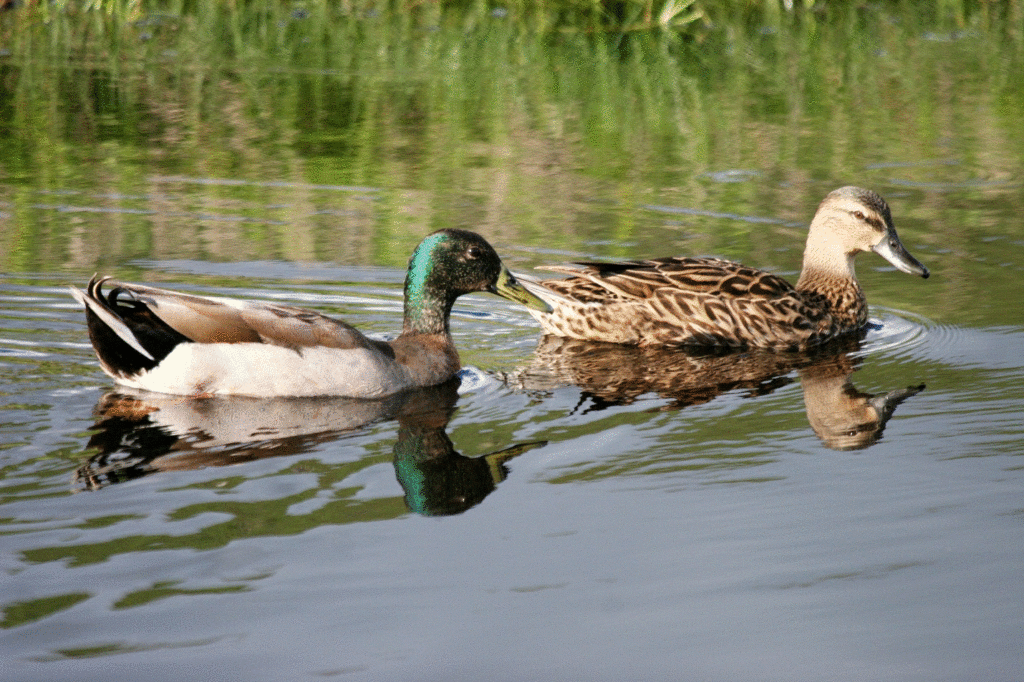
Getting Our Ducks in a Row
/ Bird News, General Updates / By
Susan Scott
Getting Our Ducks in a Row
- Found nowhere else on Earth, the koloa maoli or Hawaiian Duck, has been in the Hawaiian Islands for at least 10,000 years.
- Genetic studies and fossil records suggest that koloa are an ancient hybrid of Mallard and the koloa pōhaka or Laysan Duck, Hawaiʻi’s other endemic duck.
- In the mid-1800s, koloa were common throughout the Islands and hunted for sport. By the 1950s koloa were present only on O‘ahu, Kaua‘i, and Ni‘ihau.
- In addition to hunting, the loss of Hawaiʻi’s wetlands for development contributed to the koloa’s decline, as well as the introduction of mongooses and feral cats.
- Only about 700 koloa remain in the wild. Most are on Kauaʻi with a small number on Hawaiʻi Island.
- A critical threat to the remaining koloa are Mallard imports, brought to Hawaiʻi in the late 1800s for farming and stocking ornamental ponds.
- When a wild Mallard and koloa mate, they produce fertile, hybrid offspring. Some look like koloa and some look like Mallards.
- Pure koloa are darker brown and 20-to-30 percent smaller than Mallards. Koloa males, females, and hybrids resemble female Mallards. Pure male Mallards have a white neck ring.
- Males and females of both species have an iridescent green-blue patch on their secondary wing feathers. The patches are often hidden behind the ducks’ longer primary flight feathers.
- Hybrids (photo below): Because it lacks the Mallard’s white neck ring, this male duck (left) is a hybrid of a koloa and a Mallard. The female is also a hybrid. (Female Mallard’s bills are orange and black.)

Koloa/Mallard hybrid pair, Hāmākua Marsh ©Tom Fake
Top picture: Male (left) and female koloa maoli ©Eric VanderWerf
